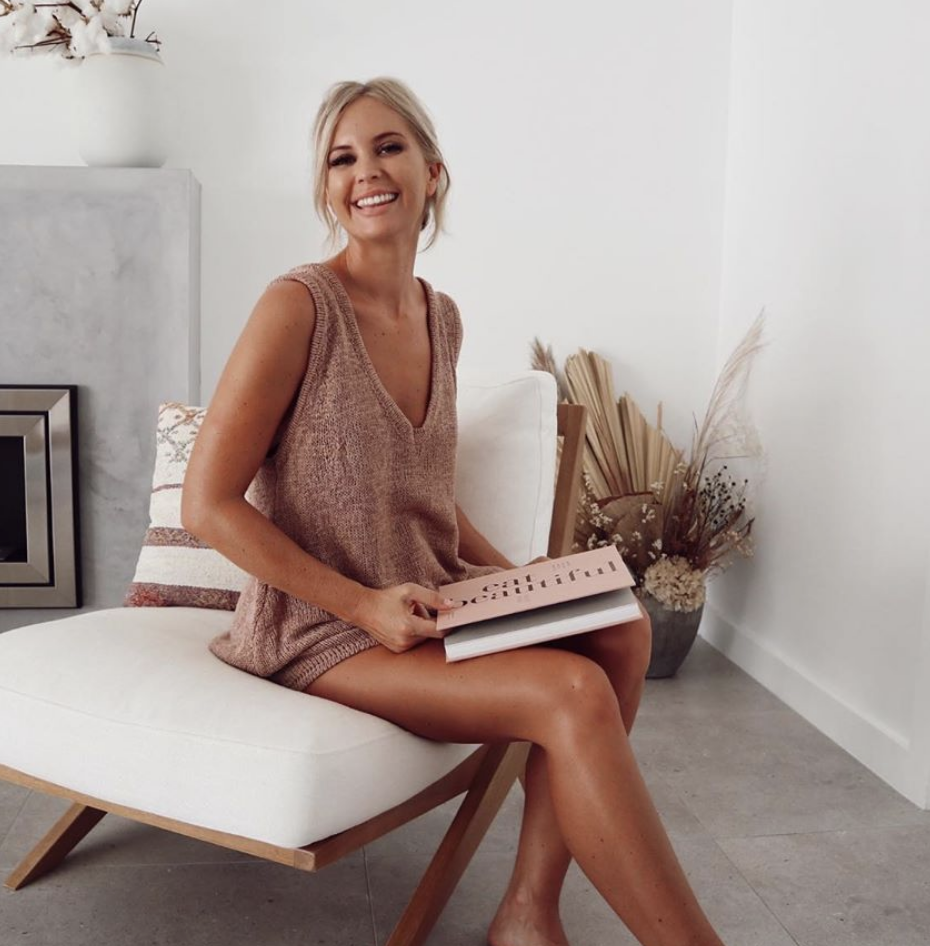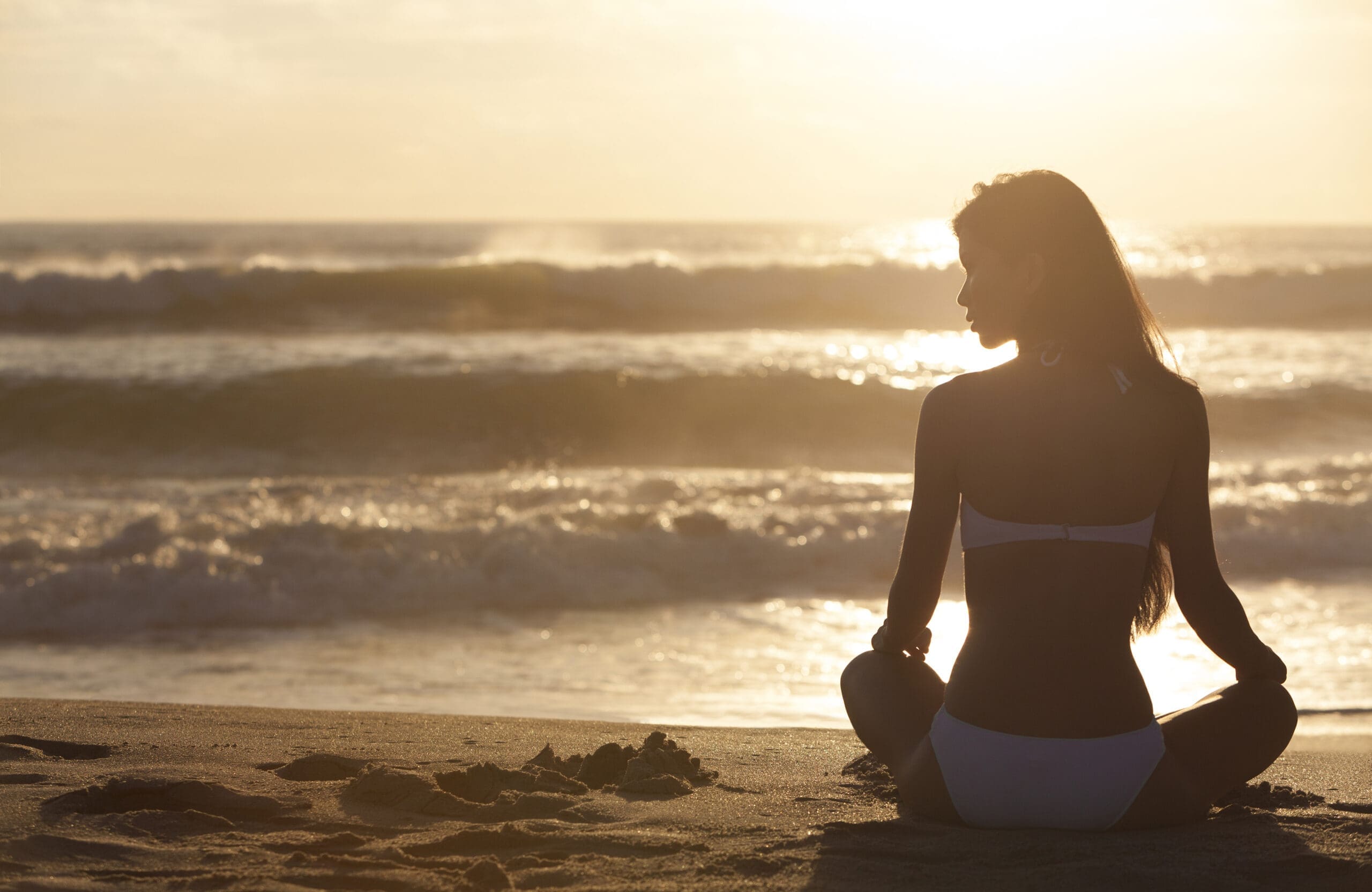At a time of great uncertainty, it is easy for fear to dominate people’s minds. However, Gold Coast Mindset and health coach Angela Simson says it is more important than ever to focus on gratitude.
Throughout the current coronavirus pandemic, people are losing their jobs, their income, and for many their health. Sometimes it can feel like there are few things left to smile about. However, studies show a regular gratitude practice is a vital tool for improving mental and physical health.
Research has shown that expressing gratitude and counting blessings can help people improve sleep, reduce stress and enhance interpersonal relationships.
Furthermore, last year a study found that keeping a gratitude journal decreased materialism and bolstered generosity among adolescents.
Angela Simson is a 33-year-old health and happiness coach and founder of The Gratitude Project.
Both within her business and her personal life and brand, Ange preaches the importance of gratitude as a tool to transform your mindset and overall wellbeing. She recounts how shifting her perspective from pessimism to thankfulness enabled her to go from a stressed and overwhelmed new mum to a thriving businesswoman and entrepreneur and shares her tips on incorporating more gratitude practices into your everyday life.
1. Write A Gratitude Journal
Ange suggests starting a gratitude journal that you can write in every day. However, she warns against gravitating to general and grandiose statements that can become repetitive and don’t require a lot of thought.
Reflecting on her own journey of implementing a gratitude practice she says, “At the start of every day (or in the evening if I found my mornings were off to a really crazy start) I would do a gratitude journaling practice.
However, when I first started to do this, what I found was I would write down 3 things such as ‘I am grateful for my husband, I am grateful that I am healthy, and I am grateful for my comfortable bed’ and it didn’t do anything”.
As opposed to this, Ange recommends recounting small moments within your day that you can relive and hone in on the emotion associated with that memory.
She says this is because, “when we relive an event in our heads, the body actually releases a lot of the same hormones that are released while the actual event is taking place.”
Using a weekly planner to write down 3 things that you are grateful for each day is a great way to track this practice as a habit and also enables you to look back on your blessings from each day.
2. Use A Daily Occurrence as A Trigger for Gratitude
Drawing on Brendan Bruchard’s concept of ‘Doorframe Triggers’, which uses a regular habit (like walking through a door) to trigger a new practice, Ange recommends using a habit or daily occurrence to remind you to “bring the joy”.
Ange used sitting down in the front seat of her car as a reminder to do a body check.
“What that means is that every time I sit in my car (whether I am a driver or a passenger) I ask myself ‘how does my body feel right now?’ Do I feel anxious, tight, stressed or do I feel relaxed and joyful?”
She says, “For me, sitting in the car and doing that body check enabled me to realise the parts of my body that felt really good and identify any areas that I need to breathe into and relax”
Using this same principle, she recommends using a trigger to remind you to tune in with yourself and be thankful for your health and body.
3. Feel The Feelings And Then Find The Silver Lining
It would be unrealistic, especially in this climate of fear and uncertainty to think that people should or will only experience feelings of joy and happiness. It is inevitable, that people will feel sad, stressed or anxious at some point, and often these feelings will surface all at once.
When this happens, Ange recommends sitting with these feelings and understanding them fully rather than pushing them away.
She says, “my way of dealing with emotions that aren’t joy and happiness and the ones that we label as bad is to really feel them and sit with them.”
“When I’m having a bad day and I really need to be angry about it or cry, [when I get a chance] I will either go to a bathroom and spend 5-10 minutes crying or yelling or grab hold of a pillow in my bedroom and feel the emotion to its full extent. Then when it feels like it’s gone you’ll know.”
She says, then when you feel like you are ready you can figure out what there is to be grateful for and what lessons there are to be learnt from that occurrence or event.




hello there and thank you for your info – I have definitely picked up something new from
right here. I did however expertise some technical points using this website, since I experienced to reload
the site many times previous to I could get it to load properly.
I had been wondering if your web hosting is OK? Not that I’m complaining, but slow loading instances
times will very frequently affect your placement in google and could damage your quality score if ads
and marketing with Adwords. Anyway I’m adding this RSS to
my email and can look out for a lot more of your respective exciting content.
Ensure that you update this again soon.. Lista escape room
Very excellent information can be found on blog.!
Good article! We will be linking to this great post on our website. Keep up the great writing.